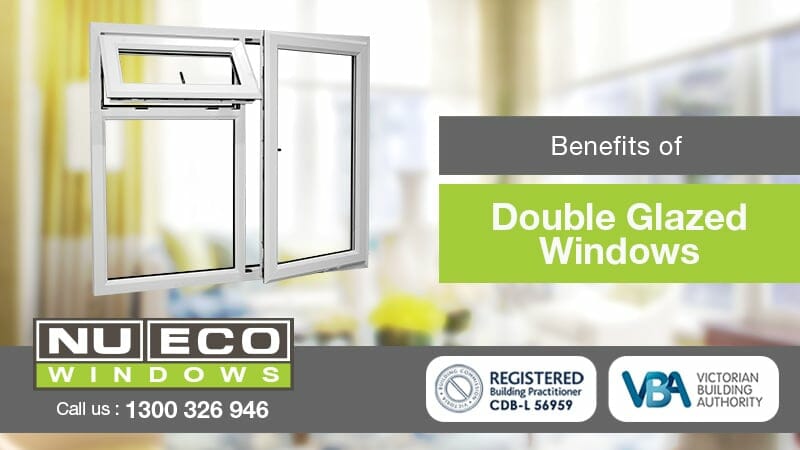All Categories
Featured
Table of Contents
Double Glazing Windows - The Best Installers In The Uk ... in Daglish Western Australia
Glazing just suggests the windows in your home, including both openable and set windows, along with doors with glass and skylights. Glazing in fact just suggests the glass part, however it is usually utilized to refer to all elements of an assembly consisting of glass, movies, frames and home furnishings. Taking notice of all of these aspects will help you to accomplish efficient passive design.

Energy-efficient glazing makes your house more comfortable and drastically lowers your energy expenses. Improper or inadequately created glazing can be a significant source of unwanted heat gain in summer and substantial heat loss and condensation in winter season. Approximately 87% of a house's heating energy can be acquired and approximately 40% lost through windows.
Does Double Glazing Keep Heat Out in Cooloongu Western Australia
Glazing is a substantial investment in the quality of your house. The cost of glazing and the expense of heating and cooling your home are closely related. An initial financial investment in energy-efficient windows, skylights and doors can significantly lower your yearly heating & cooling expense. Energy-efficient glazing also minimizes the peak heating and cooling load, which can minimize the needed size of an air-conditioning system by 30%, causing further cost savings.

This tool compares window choices to a base level aluminium window with 3mm clear glass. Comprehending some of the key residential or commercial properties of glass will help you to pick the very best glazing for your house. Secret residential or commercial properties of glass Source: Adapted from the Australian Window Association The quantity of light that goes through the glazing is called noticeable light transmittance (VLT) or visible transmittance (VT).
How Are Double Glazed Windows More Energy Efficient? in High Wycombe Western Australia
This might lead you to turn on lights, which will lead to greater energy costs. Conduction is how easily a material performs heat. This is understood as the U worth. The U value for windows (revealed as Uw), describes the conduction of the entire window (glass and frame together). The lower the U value, the greater a window's resistance to heat flow and the better its insulating worth.
If your home has 70m2 of glazing with aluminium frames and clear glass with a U value of 6. 2W/m2 C, on a winter's night when it is 15C cooler outside compared with inside, the heat loss through the windows would be: 6. 2 15 70 = 6510W That is equivalent to the overall heat output of a big space gas heating unit or a 6.
Insulated Glass Unit – Igu in Mount Nasura WA

If you choose a window with half the U value (3. 1W/m2 C) (for instance, double glazing with an argon-filled gap and less-conductive frames), you can cut in half the heat loss: 3. 1 15 70 = 3255W The solar heat gain coefficient (SHGC) for windows (expressed as SHGCw) determines how readily heat from direct sunlight flows through an entire window (glass and frame together).
The lower a window's SHGC, the less solar heat it transfers to your home interior. Glazing manufacturers state an SHGC for each window type and style. However, the actual SHGC for windows is affected by the angle that solar radiation strikes the glass. This is called the angle of occurrence.
Does Double Glazing Have A Vacuum? in Kinross Western Australia
When the sun is perpendicular (at 90) to the glass, it has an angle of occurrence of 0 and the window will experience the maximum possible solar heat gain. The SHGC stated by glazing manufacturers is always determined as having a 0 angle of incidence. As the angle increases, more solar radiation is reflected, and less is sent.
Latest Posts
Home Window Glazing - Sustainability Victoria in Carmel WA
Windows Of Opportunity: Your Guide To High-performance ... in Kallaroo WA
Double Glazing Windows in Rockingham WA